How to Effectively Use 2024-T351 in Your Manufacturing Processes
Table of Contents
- Understanding the Properties and Benefits of 2024-T351 Aluminum Alloy
- Best Practices for Sourcing and Selecting 2024-T351 for Your Projects
- Optimizing Machining Techniques for 2024-T351 Aluminum Components
- Implementing Quality Control Measures in 2024-T351 Manufacturing
- Cost-Effective Strategies for Using 2024-T351 in Production Processes
- FAQS
- Conclusion
- Related Posts
In today’s fast-changing world of manufacturing, picking the right aluminum alloys really makes a difference when it comes to boosting performance and efficiency. Among all the options out there, 2024-T351 is pretty much a top pick — it’s known for its incredible strength relative to its weight and great fatigue resistance. That’s why it’s often used in fields like aviation, aerospace, and shipbuilding.
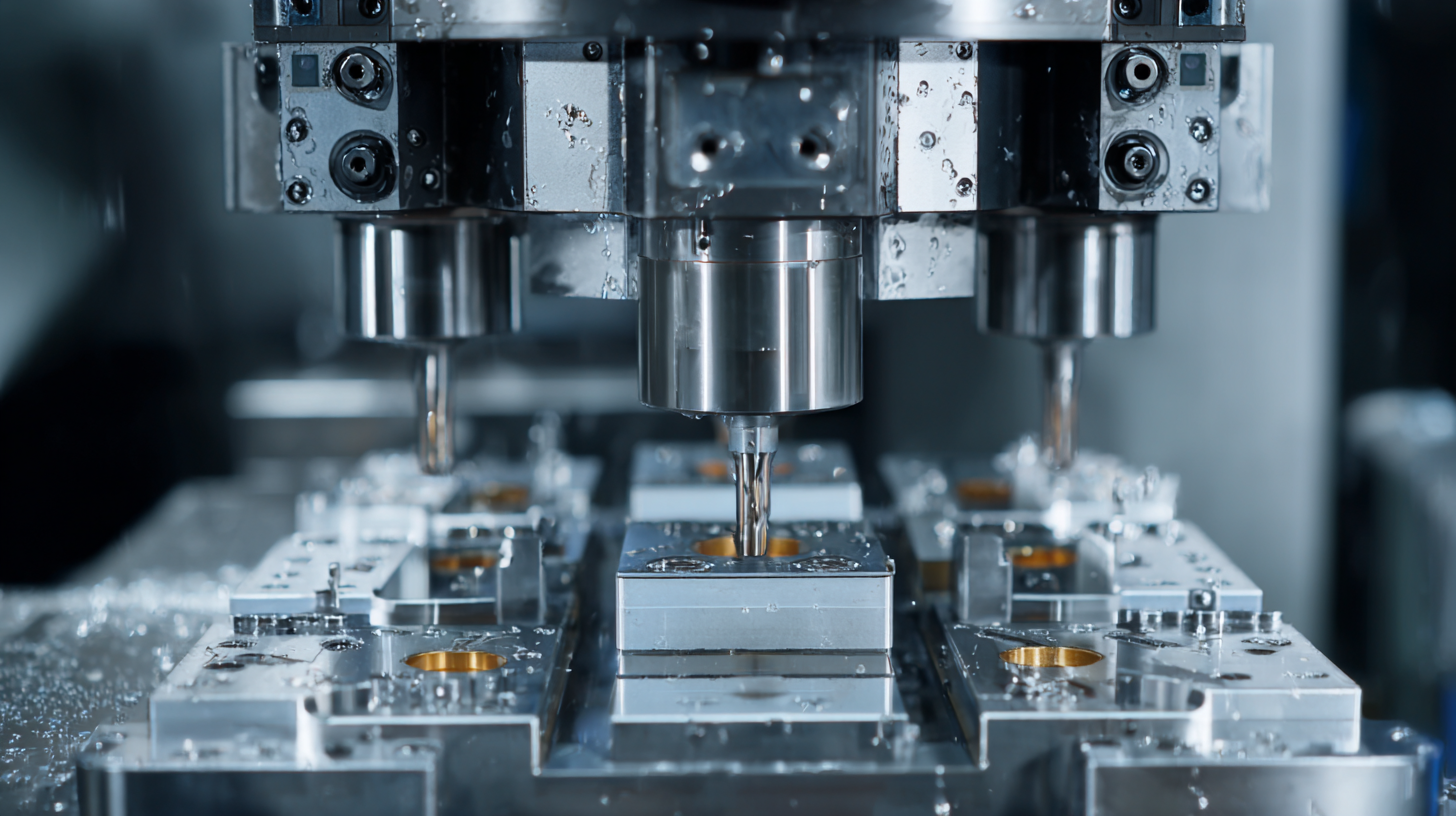
I came across a report from the Aluminum Association that says the global aluminum market might hit around $189 billion by 2025, which just shows how much folks are turning to high-performance materials like 2024-T351. If you’re working with Shanghai Miandi Metal Group Co., Ltd., they offer a wide range of aluminum products from the 1000 series all the way up to the 8000 series.
Using 2024-T351 in your manufacturing processes can seriously boost your product’s durability and reliability. This guide is gonna walk you through some practical tips for incorporating 2024-T351 into your operations — so you can stay ahead and keep your edge in this competitive industry.
Understanding the Properties and Benefits of 2024-T351 Aluminum Alloy
When it comes to manufacturing, picking the right materials is honestly pretty critical if you want things to perform well and run smoothly. Take the 2024-T351 aluminum alloy, for example — it really shines thanks to its impressive mechanical properties. It’s especially great for applications that need to be strong and durable. What makes this alloy stand out? Well, it has a high strength-to-weight ratio, resists fatigue pretty well, and can handle tough environments — all features that are super important in fields like aviation and aerospace.
Getting to know the ins and outs of 2024-T351 helps manufacturers make smarter choices and get the most out of it. It’s also pretty easy to work with — it threads, welds, and machines easily, so you can shape it into all kinds of forms like plates and tubes without too much hassle. At Shanghai Miandi Metal Group Co., Ltd., we’re all about providing a wide range of aluminum products, including this particular alloy. We can help you seamlessly incorporate it into your manufacturing process. Using 2024-T351 can really boost your production game and ramp up the quality of your final products — especially if you're working on demanding stuff like ships or aerospace parts.
Properties and Benefits of 2024-T351 Aluminum Alloy
The chart above illustrates the key properties of the 2024-T351 aluminum alloy, highlighting its exceptional tensile and yield strength, moderate elongation, and density, which makes it suitable for various manufacturing processes. These characteristics contribute to its popularity in aerospace and structural applications.
Best Practices for Sourcing and Selecting 2024-T351 for Your Projects
When you're on the hunt for 2024-T351 aluminum for your projects, there are a few good tips to keep in mind to make sure everything goes smoothly. First off, it’s really helpful to get a solid grasp of what this material can do—things like its strength relative to weight, how well it resists corrosion, and how it holds up under repeated stress. This alloy is pretty popular because it's easy to machine and weld, so it's often a go-to in sectors like aerospace and automotive. Before diving into sourcing, take a moment to double-check that your project specs line up with what 2024-T351 can offer. You don’t want to run into surprises later on, right?
Once you’re clear on that, it’s all about finding the right supplier. Look for vendors who have a good reputation for quality and reliability with this alloy. Don’t hesitate to ask for test reports and certifications—that’s how you verify that what they’re offering actually meets industry standards. It’s also smart to check their stock levels and lead times so you can plan your project timelines without any hiccups. Getting in touch early with your supplier can really pay off—you’ll be able to chat about any potential issues or alternative options before things get all rushed. Following these tips should help you source 2024-T351 aluminum more confidently, giving you a strong start to your manufacturing process.
Optimizing Machining Techniques for 2024-T351 Aluminum Components
Getting the best out of machining 2024-T351 aluminum parts in 2024 is all about having a solid game plan. You know, focusing on those key settings that really impact surface quality and how smoothly everything runs. Recently, folks have been highlighting how important surface finish is—it’s pretty much the main thing that decides how good your machining turns out, especially with aluminum alloys and composites. Using advanced CNC machines helps make this process much smoother, letting us analyze and tweak things like feed rates, spindle speeds, and tool shapes step-by-step. With a bit of trial and error, you can really dial things in to get better performance and longer-lasting parts.
Plus, it’s also super important to keep an eye on how stable the surface remains during milling, especially when you're working on complex aluminum structural components. Changing up the material removal order can make a big difference, helping to boost the strength and reliability of the finished product. Oh, and don’t forget about sustainability! Using greener machining practices not only helps protect the environment but also keeps your operations running efficiently. All these tech innovations are a win-win—they improve productivity and show some love for our planet, too.
How to Effectively Use 2024-T351 in Your Manufacturing Processes - Optimizing Machining Techniques for 2024-T351 Aluminum Components
| Machining Technique | Recommended Cutting Speed (m/min) | Feed Rate (mm/rev) | Tool Material | Cooling Method |
|---|---|---|---|---|
| Turning | 120 | 0.25 | Carbide | Flood cooling |
| Milling | 90 | 0.1 | High-speed steel | Mist cooling |
| Drilling | 75 | 0.15 | Cobalt drill | Flood cooling |
| Tapping | 60 | 0.08 | Carbon steel | Minimal lubrication |
Implementing Quality Control Measures in 2024-T351 Manufacturing
When you're working on quality control for manufacturing 2024-T351 aluminum alloy, it’s pretty important to set up a solid testing and inspection process at every step. First off, you want to make sure the raw materials coming in are really up to snuff—checking for purity and consistency is a must. Using tools like X-ray fluorescence (or XRF) testing can be a lifesaver for confirming that the alloy’s composition matches the standards. And don’t forget about non-destructive testing methods, like ultrasonic testing—they help catch internal flaws early, before the material moves on to the next phase of fabrication.
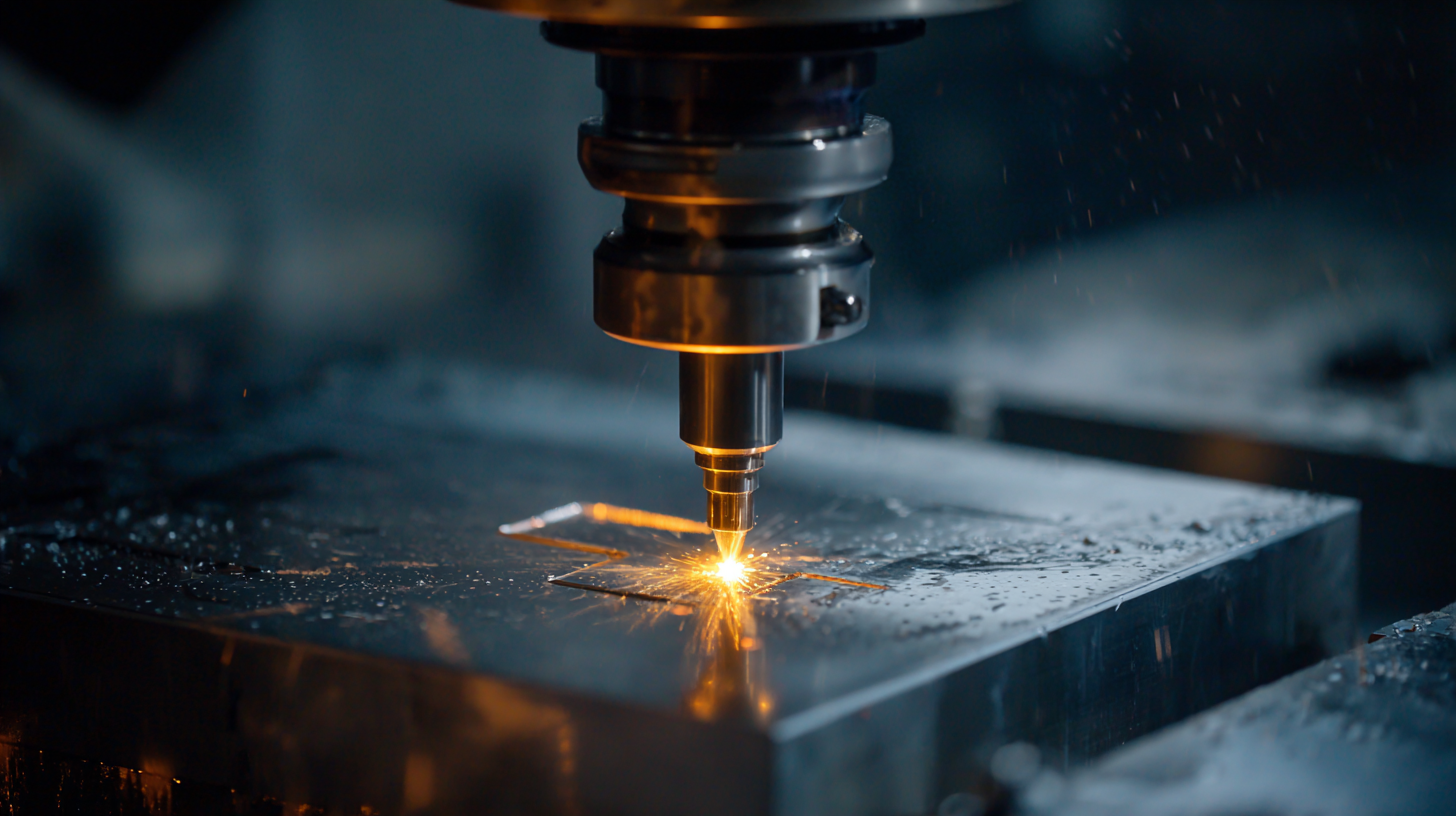
Throughout the process, keeping an eye on key factors—things like temperature, pressure, and machining speed—is crucial for maintaining quality. Implementing statistical process controls (SPC) can give you real-time insights into the production, which means you can make quick adjustments if something’s off. Plus, keeping detailed records of these parameters isn’t just bureaucratic stuff; it helps with traceability and meeting industry standards—especially for aerospace and automotive uses where the requirements are super strict. Sticking to these quality measures consistently isn’t just about making a reliable product; it actually helps streamline the whole production and makes things run smoother overall.
Cost-Effective Strategies for Using 2024-T351 in Production Processes
When you're working with 2024-T351 aluminum alloy in your manufacturing setup, keeping an eye on costs really matters. This alloy is pretty popular because it offers a great strength-to-weight ratio, so it’s perfect if you're after lightweight parts that still hold up well. To make the most of your budget when using 2024-T351, it’s a good idea to get smart with how you source your materials. Buying in bulk can really help cut down the per-unit price, and building solid relationships with trustworthy suppliers ensures you get steady, quality materials without breaking the bank.

Another thing to keep in mind is your machining process. Working with 2024-T351 can be tricky—it tends to chip if you're not careful. Investing in the right tools, like carbide cutters with proper coatings, can make all the difference. Tweaking your feed rates and coolant application can also help your tools last longer and give your finished surfaces a nicer look, which, of course, saves you some cash in the long run.
And don’t forget, jumping into advanced tech like CNC machining or additive manufacturing can really unlock the potential of this alloy. These methods give you precise control and can even help you create complex shapes in one go, trimming down the need for extra assembly steps and ultimately saving you money. Thinking outside the box and embracing new manufacturing tricks can really pay off—saving you money while still delivering the high quality and performance you expect from 2024-T351.
FAQS
: Establishing a robust testing and inspection protocol at each stage, including thorough inspection of raw materials, utilizing X-ray fluorescence testing, and incorporating non-destructive testing techniques.
Non-destructive testing (NDT) techniques, such as ultrasonic testing, can effectively identify internal flaws before the material progresses to fabrication.
Regular monitoring of key parameters like temperature, pressure, and machining speed helps maintain the integrity of the material and ensures compliance with specifications.
SPC provides real-time data on production quality, allowing for immediate adjustments if deviations from desired specifications occur.
Strategic procurement practices like sourcing materials in bulk and optimizing machining processes, including the use of appropriate tooling and adjusting feed rates.
2024-T351 can be challenging to machine due to tendencies to chip during cutting, requiring careful selection of tooling and machining techniques.
Technologies like CNC machining and additive manufacturing allow for precise control over production parameters and the creation of complex geometries, reducing costs and assembly needs.
Maintaining detailed records of key parameters aids in traceability and compliance with industry standards, ensuring the final product meets stringent requirements.
Consistent application of these measures enhances product reliability and improves overall production efficiency, particularly for aerospace and automotive applications.
Strong supplier relationships ensure a consistent flow of quality materials at competitive prices, which is crucial for cost-effective manufacturing.
Conclusion
When it comes to manufacturing, making the most of 2024-T351 aluminum alloy is pretty crucial. It’s known for its impressive strength without adding extra weight, plus it machines really well — which is a big plus. In this post, I want to explore what makes 2024-T351 so special, especially because it's a go-to for industries like aviation, aerospace, and shipbuilding. Here at Shanghai Miandi Metal Group Co., Ltd., we offer a wide range of aluminum products to meet these needs.
We’ll also chat about how to pick and source the right stuff for your projects, so you get the best performance without breaking the bank. Plus, I’ll share some tips on advanced machining techniques that help improve the fabrication of 2024-T351 components. And of course, we’ll cover key strategies for maintaining strict quality control during manufacturing. The idea is that by keeping these points in mind, manufacturers can really make the most of 2024-T351, sparking innovation and boosting efficiency all around.
Related Posts
-

Innovative Solutions for Choosing the Right China Aluminum Plate Manufacturers
-

Global Market Analysis 2025 for Best Weldable Aluminum Alloy and How to Choose the Right Supplier
-
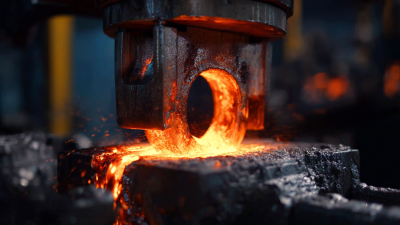
Unique Applications of China Aluminum Forging in Modern Industries
-

T6526 Ultimate Guide to Transforming Your Supply Chain Efficiency
-
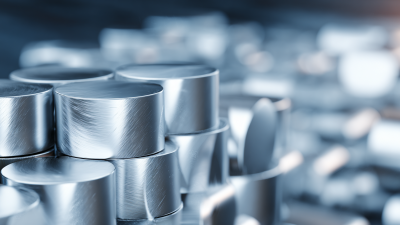
5 Essential Factors Influencing the Aluminium Price Forecast for 2025
-
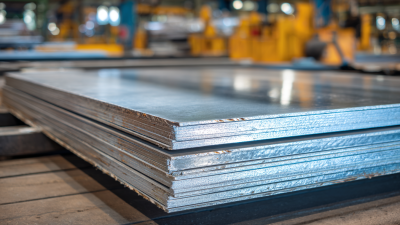
The Ultimate Guide to Choosing the Right 6061 T651 Plate for Your Manufacturing Needs
Blog Tags:

